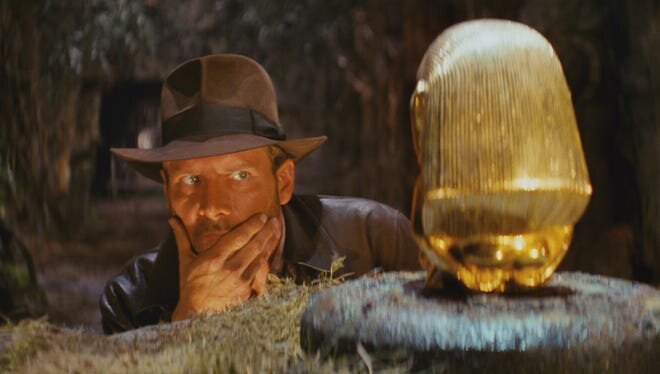What Is An Inciting Incident (and How Do You Know If Yours Is Working)?
Originally published on ScreenCraft.org in June 2021
All stories start somewhere.
I’m not just talking about the first scene — although that is pretty important, too. No, what I’m referring to is the inciting incident.
An inciting incident is the moment, event, or decision that thrusts the main character into the action of a story.
Also often known as the catalyst, the inciting incident is crucial for a story arc. Not only does it propel the main character into the plot, but it also creates conflict, establishes a goal, and provides the trajectory for character growth.
Inciting incidents can be enormous or minuscule, life-changing or mundane. It’s Indiana Jones getting sent to recover the Ark of the Covenant in Raiders of the Lost Ark, Ugarte giving those letters of transit to Rick in Casablanca, and little Boo sneaking through the flowery door to shake up Mike and Sully’s world in Monsters Inc.
But inciting incidents can be tricky. It’s not easy to pinpoint exactly what gets the ball rolling in some stories, especially when the inciting incident isn’t the first thing that happens.
In the Hangover, the inciting incident isn’t when the guys decide to go to Vegas, it’s when they wake up the morning after and realize that Doug is missing. And in the TV series Friday Night Lights, the inciting incident doesn’t happen until near the end of the pilot episode when, during the first game of the season, quarterback Jason Street is paralyzed in a tackle.
But no matter when it occurs, the inciting incident changes the main character’s life or current situation. It alters their trajectory and forces them to take action in some way.
In Booksmart, the inciting incident is the moment Molly realizes she and Amy have spent four years isolating their peers and no one actually cares where they’re going to college. That realization causes the best friends to embark on a night full of parties and spurs the personal growth they experience the next day.
It’s rare, but sometimes the inciting incident even happens off-screen before the start of the movie. Take The Breakfast Club. All five characters did something to wind up in detention on a Saturday, but we don’t see any of those things on-screen.
Is Your Inciting Incident Working?
Whether it’s something that happens to your main character, something your main character realizes, or something your main character does, the purpose of all inciting incidents is the same.
But how do you know if the inciting incident is working in your story?
The answer is surprisingly simple and can be answered with two “yes or no” questions.
Does the inciting incident set your character on a completely new path?
Could your character go back to the life they had before the inciting incident?
If the answer to question one is “no” or the answer to question two is “yes,” then you’ve got a problem. The inciting incident must propel your character on a new path, one so altering that they cannot return to the life they knew before.
Identifying the inciting incident of your story might seem trivial, but it’s actually critical in ensuring that your story arc is as effective as possible.
None of the photos in this post are my own.


